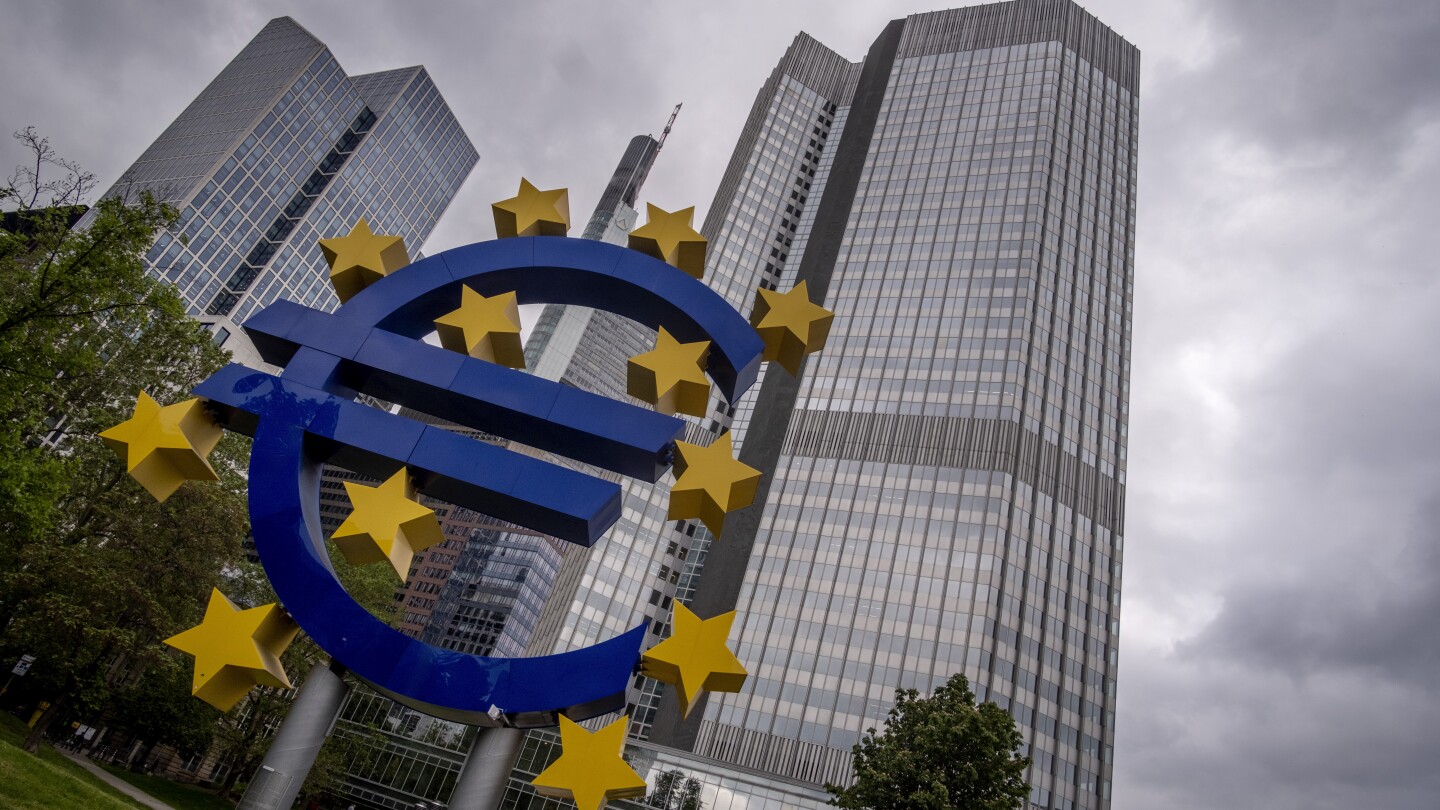Stagnation in Europe: Understanding Germany’s Economic Struggles
As we approach the end of 2024, the economic landscape in Europe is increasingly concerning, with stagnation becoming a prevalent theme. Central to this troubling trend is Germany, Europe’s largest economy, which has been grappling with a lack of growth that threatens not only its own stability but also that of the broader eurozone. This article delves into the factors contributing to Germany’s economic challenges and explores the implications for Europe’s future.
Germany’s Economic Landscape: A Closer Look
Germany has long been considered the backbone of the European economy, known for its robust manufacturing sector and export-driven growth. However, recent data indicates a worrying stagnation. The country’s GDP growth has stalled, with projections suggesting minimal growth in 2024. Several factors contribute to this stagnation:
- Energy Crisis: The ongoing energy crisis, exacerbated by geopolitical tensions, particularly the conflict in Ukraine, has significantly impacted Germany’s industrial output. The reliance on Russian gas has forced a reevaluation of energy sources, leading to increased costs and uncertainty.
- Supply Chain Disruptions: Global supply chain issues have hindered production capabilities across various sectors, particularly in automotive and manufacturing, which are vital to Germany’s economy.
- Declining Exports: A slowdown in demand from key trading partners, particularly China, has resulted in a decline in exports, affecting Germany’s trade balance.
- Inflationary Pressures: Rising inflation across Europe has eroded consumer purchasing power, leading to decreased domestic consumption.
The Eurozone’s Broader Challenges
Germany’s stagnation is not an isolated issue; it is a signal of broader challenges facing the eurozone. The interconnectedness of economies within the EU means that Germany’s struggles will likely have ripple effects across member states. Some of the key challenges include:
- Economic Divergence: Countries that rely heavily on German exports may find themselves facing economic downturns, leading to increased disparities within the eurozone. This divergence could undermine the cohesion necessary for a stable economic environment.
- Policy Responses: The European Central Bank (ECB) faces significant pressure to implement effective monetary policies to counteract the stagnation. However, differing economic conditions across member states complicate the formulation of a unified approach.
- Political Instability: Economic stagnation can lead to political unrest. As citizens face rising costs and declining job opportunities, populist movements may gain traction, further destabilizing the political landscape in Europe.
Potential Recovery Strategies
Addressing stagnation in Europe, particularly in Germany, requires a multifaceted approach. Here are some strategies that could facilitate recovery:
1. Investment in Renewable Energy
Transitioning towards sustainable energy sources is crucial. Germany can lead the way in investing in renewable energy technologies, thus reducing dependency on imports and enhancing energy security.
2. Strengthening Supply Chains
Building more resilient supply chains through diversification of sources and investment in local production can mitigate the impacts of global disruptions.
3. Promoting Innovation
Encouraging innovation in technology and manufacturing can help Germany maintain its competitive edge. Government incentives for research and development may spark growth in emerging sectors.
4. Enhancing Consumer Confidence
To counteract inflationary pressures, policies aimed at boosting consumer confidence and spending are essential. This could involve targeted fiscal measures to alleviate burdens on households.
Looking Ahead: The Future of the Eurozone
The stagnation in Europe, particularly driven by Germany’s economic struggles, raises critical questions about the future stability of the eurozone. As policymakers navigate these challenges, a proactive and collaborative approach will be vital. Key considerations include:
- Fiscal Stability: Ensuring that fiscal policies are aligned across member states can help maintain economic stability and prevent crises.
- Cooperation among Nations: Strengthening cooperation among EU nations will be essential for addressing shared challenges. This could involve joint initiatives in areas such as climate change and economic recovery.
- Long-term Vision: Establishing a long-term vision for economic growth that prioritizes sustainability and inclusivity will be crucial in overcoming current stagnation.
Conclusion: A Call for Resilience
As 2024 draws to a close, Europe stands at a crossroads. The stagnation in Germany’s economy serves as a warning sign for the eurozone, but it also presents an opportunity for renewal and growth. By embracing innovation, enhancing cooperation, and investing in sustainable practices, Europe can navigate these turbulent waters and emerge stronger.
Although the challenges are significant, the resilience of European economies and their ability to adapt have historically paved the way for recovery. As we look to the future, fostering a collective spirit of collaboration and innovation will be essential in overcoming stagnation and ensuring a prosperous eurozone for years to come.
See more CCTV News Daily



